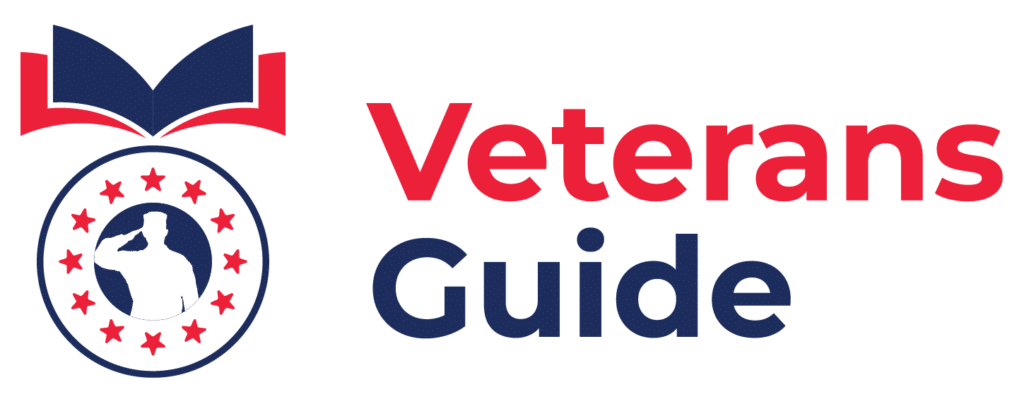Home » VA Home Loans » VA Home Loan Eligibility » Active Duty VA Home Loan Requirements
Active Duty VA Home Loan Requirements
If you’re serving on active duty, buying a home might feel out of reach. The VA home loan program allows service members to purchase a primary residence with no down payment, competitive interest rates, and no private mortgage insurance.
- Active duty service members may qualify for a VA-backed home loan after at least 90 consecutive days of service.
- When evaluating VA loan applications, lenders review income, credit history, and occupancy plans.
- Occupancy rules often require borrowers to use the property as a primary residence within 60 days of closing, but the VA makes an exception for deployed service members.
- Service members nearing the end of their contract may need to provide evidence of continued employment or reenlistment.
Contrary to popular belief, you don’t have to leave the military to take advantage of these benefits—current service members can use VA loans to make homeownership a reality. At Veterans Guide, we help service members understand the active duty VA home loan requirements and support them through the process. If you’re considering financing a home while on active duty, we can help you explore your eligibility, review your borrowing options, and buy the home of your dreams.
Can Active Duty Military Members Get a VA Loan?
VA home loans help veterans, active-duty service members, and qualifying surviving spouses buy, build, or improve a home or refinance a current home loan. As an active duty service member, you can access VA home loan benefits if you meet minimum service requirements. Typically, you qualify for a VA loan if you have served at least 90 consecutive days during wartime or 181 days during peacetime. If you were discharged for reasons such as a service-connected disability, hardship, or involuntary reduction in force, you may not be required to meet the minimum active duty service requirement.
National Guard and Reserve members have unique service requirements. National Guard members may qualify with at least 90 days of non‑training Title 10 service, 90 days of Title 32 service that includes 30 consecutive days, or six creditable years of service with continued duty, honorable discharge, or retirement. Reserve members may qualify with at least 90 days of non‑training active‑duty service or six creditable years in the Selected Reserve with continued service, honorable discharge, or retirement.
You must obtain a VA home loan Certificate of Eligibility, or COE, to prove to your lender that you meet these service requirements. You can request a COE online through the VA’s website or ask your lender to obtain one for you.
Active Duty Income Requirements for VA Loans
Although the VA guarantees part of the loans, private lenders fund them. Therefore, you must meet the lender’s VA loan income requirements and minimum credit score criteria.
Lenders typically verify income using your Leave and Earnings Statement. Certain military allowances can count toward your qualifying income, including Basic Allowance for Housing, flight pay, combat pay, hazard pay, and subsistence and clothing allowances.
Lenders look for stability in an applicant’s income, so they’ll likely review whether your income will continue for the foreseeable future. They may consider whether you’re nearing the end of your active duty service. If your income will come from the Reserves or National Guard, lenders will consider the length of your service and the likelihood that the income will continue.
Occupancy Requirements for Active Duty VA Loans
VA loans require you to use the property as your primary residence. Generally, you must move in within 60 days of closing and live on the property for at least one year.
If you are deployed or otherwise unable to occupy the home, your spouse or dependent child can satisfy the occupancy requirement. In some cases, lenders may approve a delayed occupancy plan if you provide proper documentation.
The VA takes a flexible approach for deployed service members. Whether you are single or married, the VA considers you to be on temporary duty during deployment. Thus, you can still meet the occupancy requirement even if you can’t move in immediately and your spouse isn’t available to live on the property before you return.
Requirements for Active Duty Service Members Nearing the End of Service
Lenders want to ensure you can afford your mortgage after your active duty service ends. If you will be released from active duty within 12 months of the home’s anticipated closing date, the lender will require at least one of the following:
- Documentation that you have already reenlisted or extended your service beyond the 12 months
- A valid local civilian job offer with details about your start date and salary
- Your written statement that you intend to reenlist, plus a statement from your commanding officer confirming that you are eligible and likely to be approved
- Documentation of other positive factors, such as a down payment of at least 10% or significant cash reserves
Frequently Asked Questions
We answer common questions about VA home loans for service members on active duty.
Can I Buy a Home With a VA Loan While Stationed Overseas?
You can obtain a VA loan while stationed overseas if you meet the service and credit requirements. The VA considers deployed service members to be in temporary duty status, which allows them to meet the occupancy requirements without occupying the home immediately.
How Soon After Joining the Military Can I Apply for a VA Loan?
Active duty service members become eligible once they have completed 90 consecutive days of active duty. National Guard and Reserve members generally need 90 days of non‑training active duty. You may still qualify for a VA loan if you’re discharged before then for a factor outside your control, such as a service-connected disability.
What Happens if I Am Deployed and Can’t Sign Documents for the Loan?
If you cannot sign closing documents or VA forms in person because you are deployed or stationed abroad, you may use a power of attorney. The VA allows lenders to accept a properly executed power of attorney to sign on your behalf.
Can I Use a VA Loan if I’m Nearing the End of My Service or Plan To Separate Soon?
You can use a VA Loan, but expect to provide additional documentation. If your contract ends within 12 months of closing, the lender will ask for proof of reenlistment, a civilian job offer, or statements from you and your commanding officer about your plan to continue serving. Lenders may also consider strong compensating factors, such as a large down payment and substantial savings.
Can My Spouse Apply for the Loan on My Behalf if I’m Deployed?
Your spouse can occupy the home to satisfy the occupancy requirement. They may also use a power of attorney to sign closing documents and other paperwork on your behalf. However, you will still be considered an applicant for the loan.
Get Started With Your VA Loan as an Active Duty Service Member
Obtaining a VA home loan while on active duty allows you to buy a home without waiting for separation or paying out of pocket for a down payment. These loans also offer competitive interest rates and don’t require private mortgage insurance, which helps you save in the long term. Even if you’re stationed elsewhere, flexible occupancy rules make it possible to secure a home now.
At Veterans Guide, we’re here to help you take full advantage of these benefits. We can help you determine if you meet the active duty VA home loan requirements, understand your loan limits, maximize your benefits, and guide you on your journey to homeownership.
Contact us today to get started with a free case evaluation.
Client Reviews
 ANN WILLIAMS
ANN WILLIAMS  SHELLY DONNETT'E
SHELLY DONNETT'E Want to Increase Your VA Rating?



